Interview Transcript
Joslyn Richardson: Welcome back, Shira! Last time, we dug into components of quality science of reading-aligned professional learning. Today, we wanted to zoom in on how to help districts make decisions about science of reading professional learning. What would you say is the first question that district leaders should ask a professional learning provider about their science of reading professional learning?
Shira Hillyer: Thanks for having me back. The first question I would ask is if the provider has the Rivet Science of Reading Badge. Seriously, that’s why we’re here, and it is an indicator of high-quality professional learning in the science of reading.
I would also want to ask very directly what research teachers will be learning in the PL series. I’d look for the provider to name some of the research frameworks or models they use in their science of reading PL. Common ones include the Simple View of Reading, Scarborough’s Reading Rope, or the Active View of Reading.
The point isn’t that there is one correct answer. The point is that a provider should be able to readily name one or more frameworks or models. It would be a red flag if they cannot quickly and easily name the research they use and cite in their materials when the goal is to provide PL about that research.
Joslyn Richardson: Absolutely agree. And we know that in addition to research, effective science of reading PL should also be grounded in district instructional materials. What’s a question that districts should be asking to uncover whether a provider’s professional learning is tied to the district’s curriculum?
Shira Hillyer: I would ask if they have the Rivet Science of Reading Badge, because that’s also what the badge does. But there are also some great companion resources—the Professional Learning Partner Guide that Rivet has created, including their Framework for High-Quality Curriculum-Based Professional Learning and the Professional Learning Partner Playbook. I would consult these resources to feel grounded in guidance and questions to ask your PL provider.
Specifically, regarding SOR PL tied to the district’s curriculum, I would ask for a one-pager describing a PL the provider has already led, ideally with similar demographics or the same HQIM. I’d want to see the scope of learning provided for another district, including high-level topics, objectives, and a brief description.
The key question is: What will teachers be able to do differently as a result of this training? The doing part is important—it’s not just what teachers will learn, but what they will be equipped to do differently. A provider’s one-pager or other responses should demonstrate that teacher actions will connect to their use of curricular materials in the classroom.
Joslyn Richardson: I love that. It also makes me think of our PLPG profile. Each provider provides a scope and sequence of a sample service or engagement they’ve done with that particular type of professional learning they are approved for. That scope and sequence shows the types of engagements—coaching, PLCs, workshops—as well as the length of time, learning goals, and objectives.
That’s very important and helpful to those using the PLPG to learn more about a provider’s services. When we’re talking about providers, we also want to consider the impact and accountability from external providers. How can districts get this information? How can they ask about the evidence of impact without getting lost in jargon?
Shira Hillyer: That’s a great question. One fair piece of data to ask for is rolled-up feedback or survey data, or testimonials from participants who have engaged in a similar professional learning series. That is totally fair, and most PL providers collect that information for their own internal learning and growth. They should often be able to provide something like that.
Another valuable data source, though less common, is data showing a shift in teacher practice directly connected to the professional learning. For example, if the PL series lasted a full school year with deep, ongoing partnered support, and principals and coaches used a common observation tool, they might see shifts in teacher practice from beginning to end of year.
The partner may have access to anonymized, rolled-up data showing those shifts. While many PL partners don’t have access to this level of insight, in deep partnerships they sometimes do. As a district leader, it’s worth asking if they have data around shifts in teacher practice. It can’t hurt to ask.
Joslyn Richardson: Wonderful—great ideas. This concludes our time for today. I want to thank you again, Shira, for your insight into this very important topic to support our readers and listeners, if you missed part one, please visit www.riveteducation.org to check it out, along with our conversation with SPED Strategies about professional learning for students with disabilities.
You can also see which PL providers have received the Science of Reading and Students with Disabilities Badge by going to PLPartnerGuide.org and checking out our professional learning partner guide.
Until next time.





